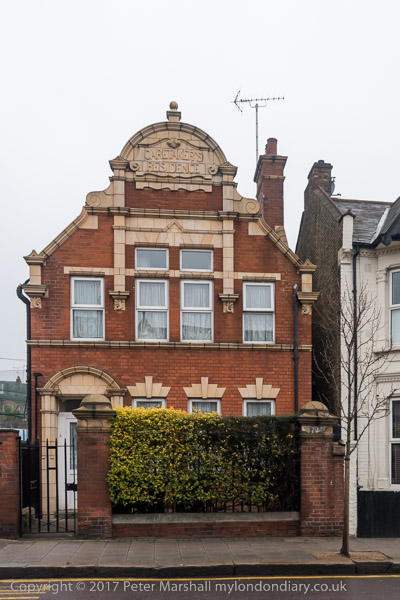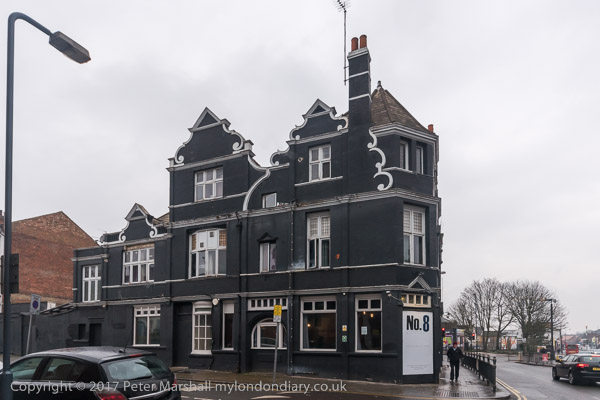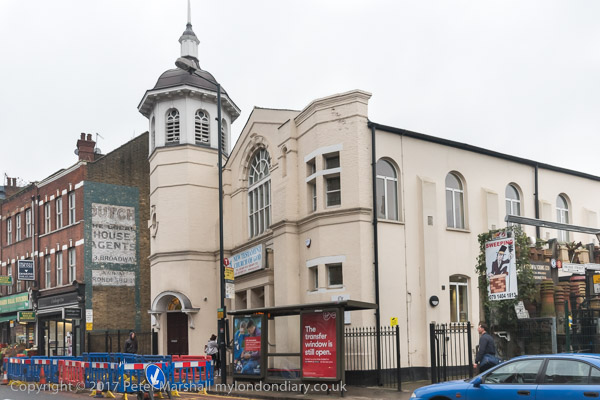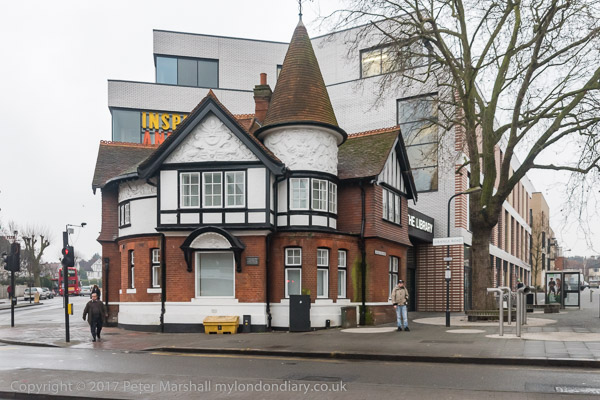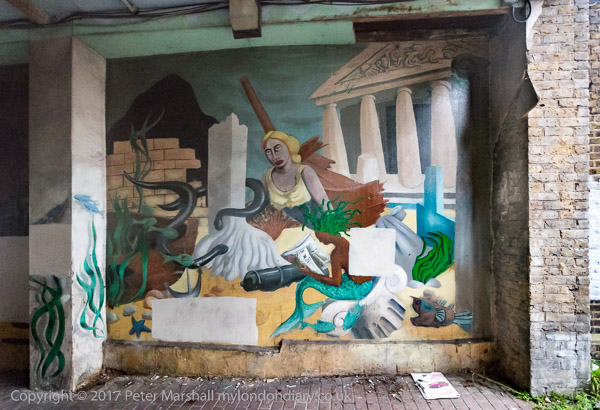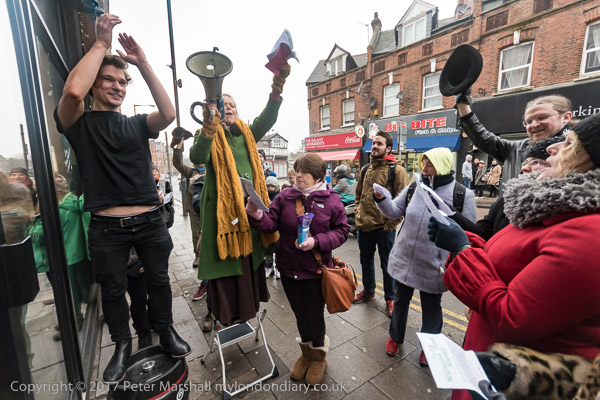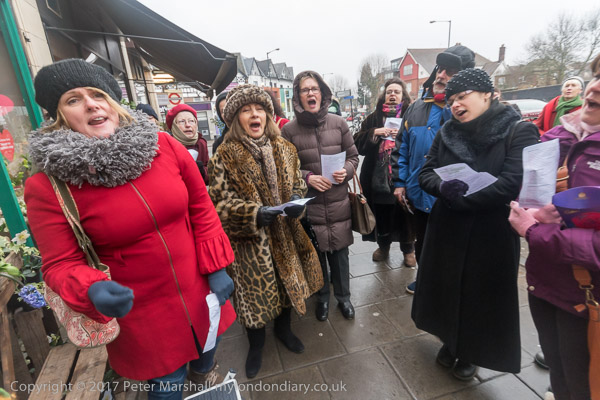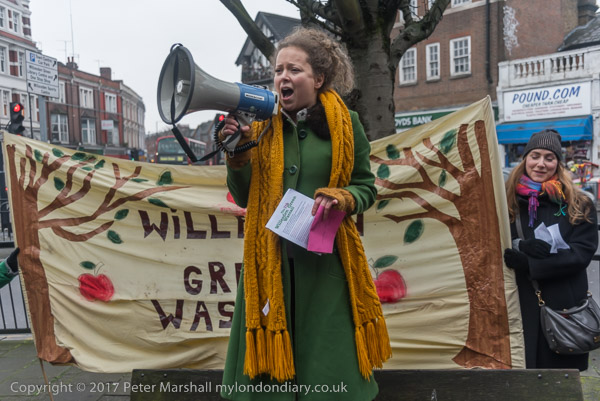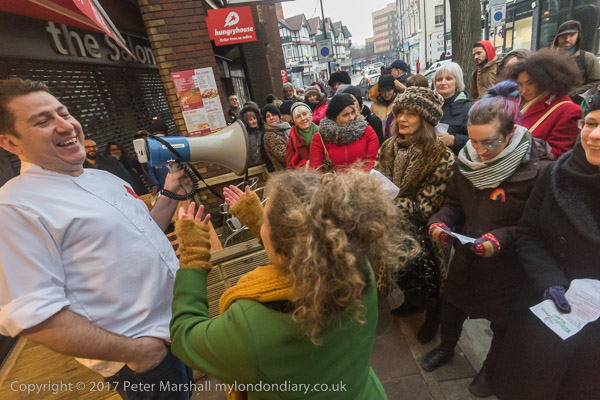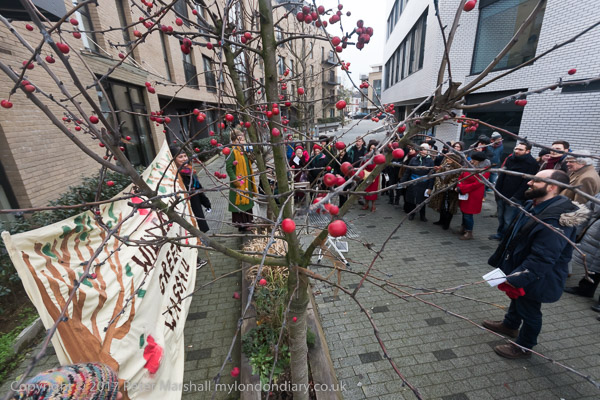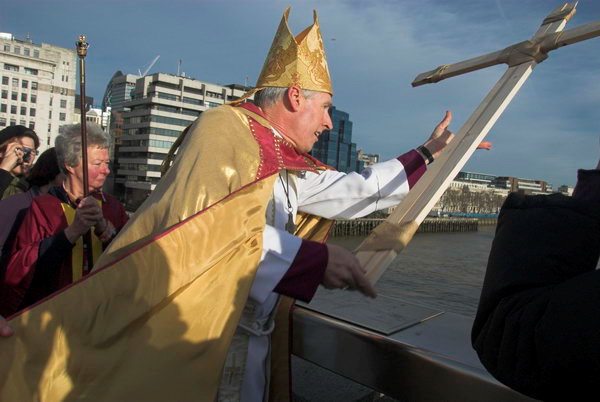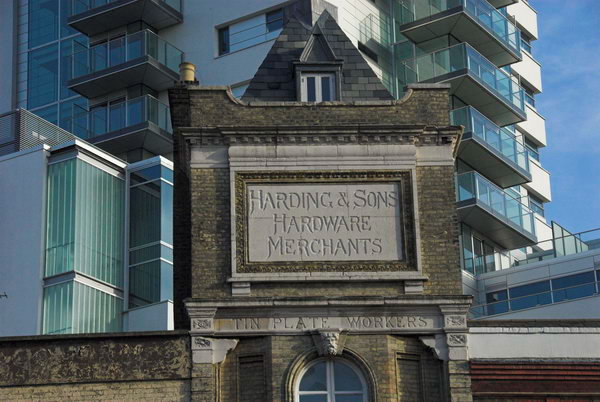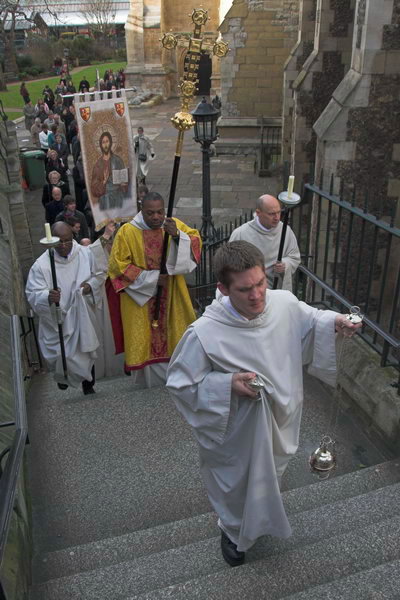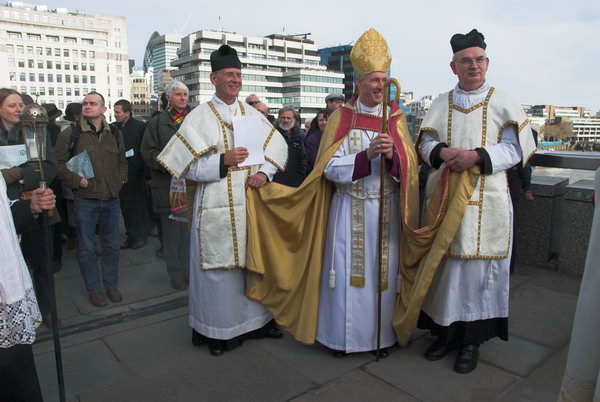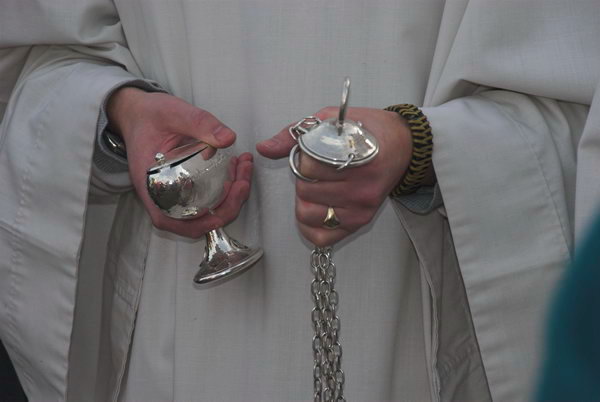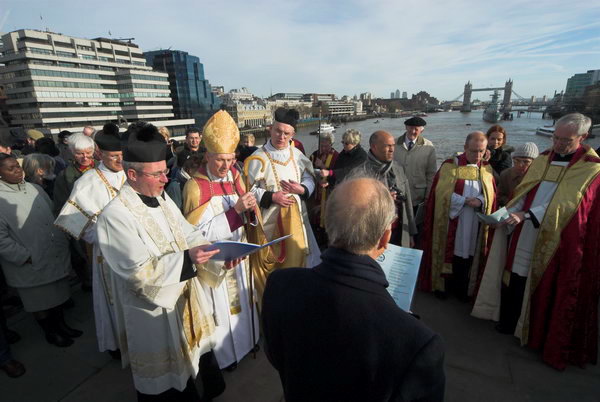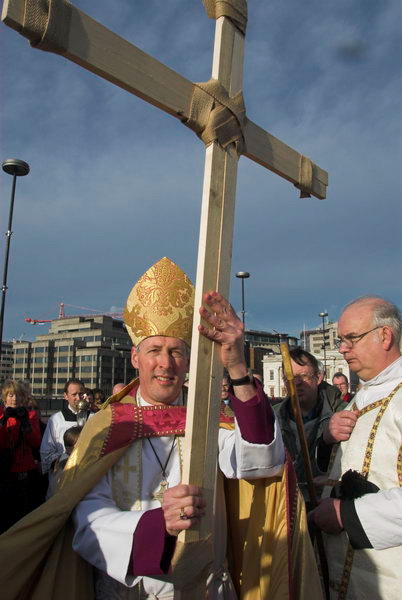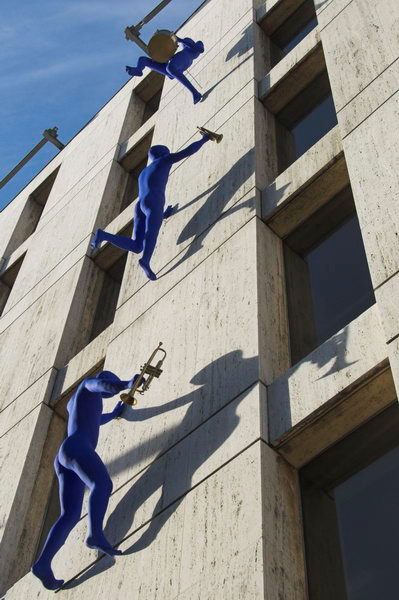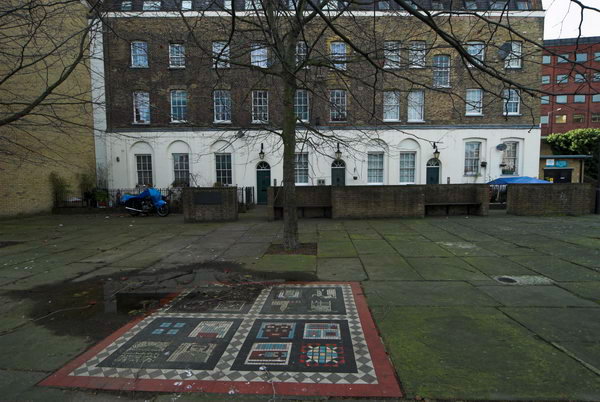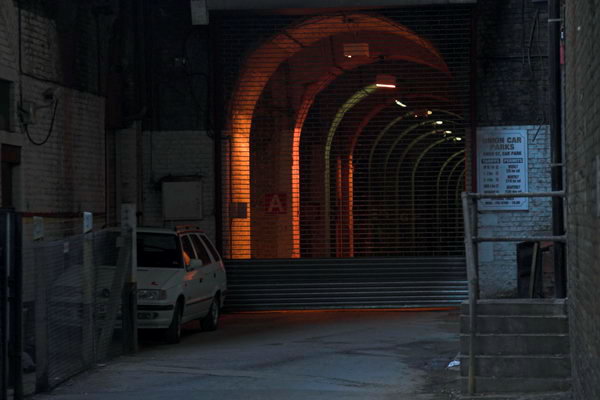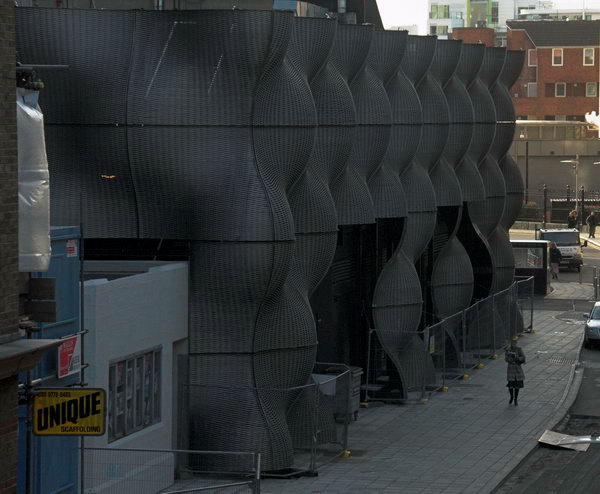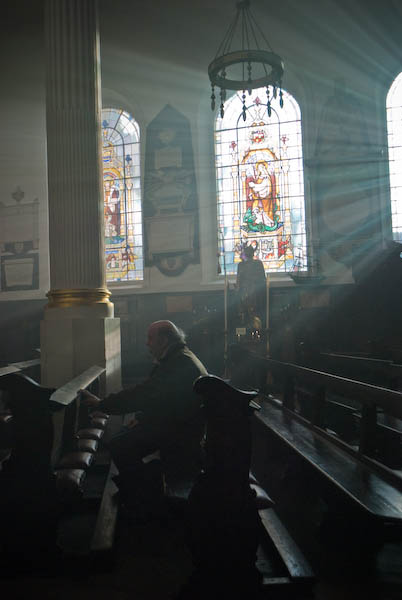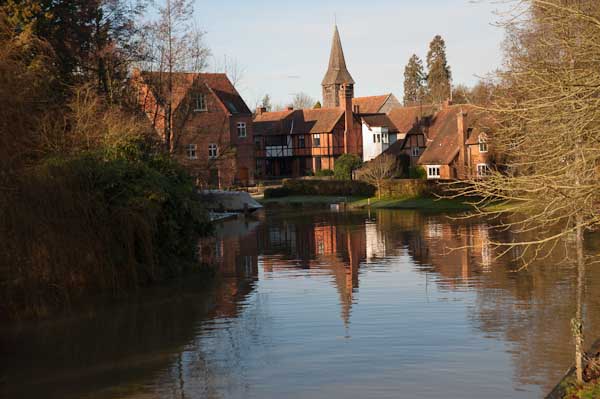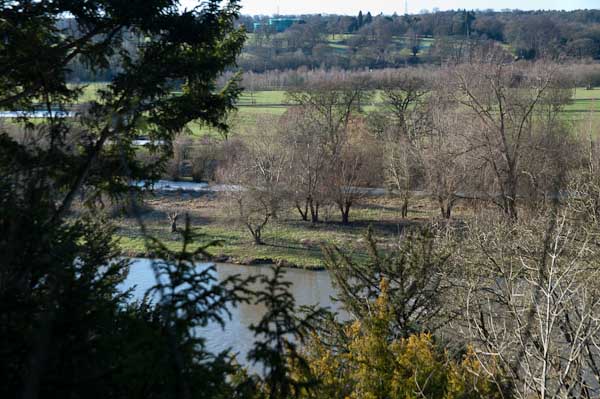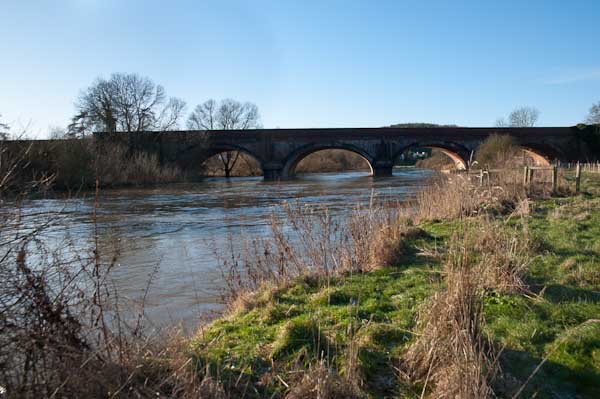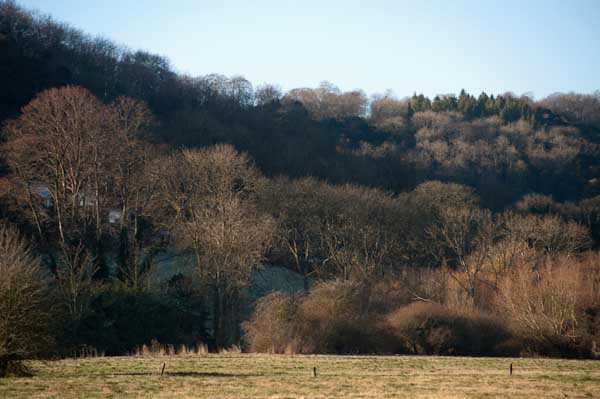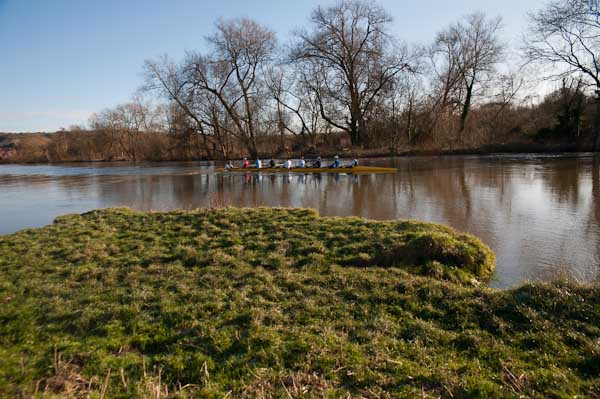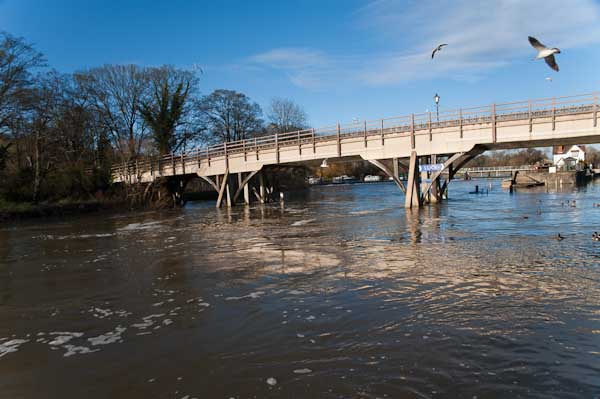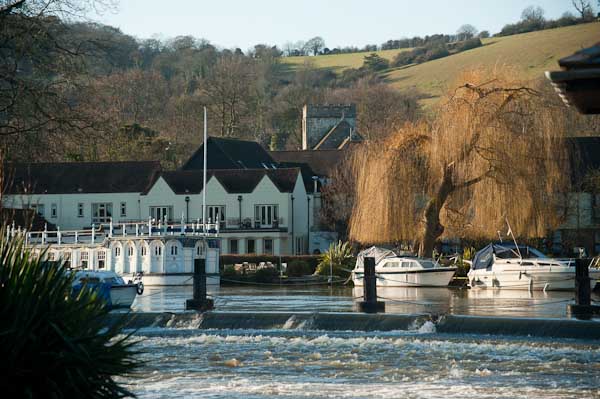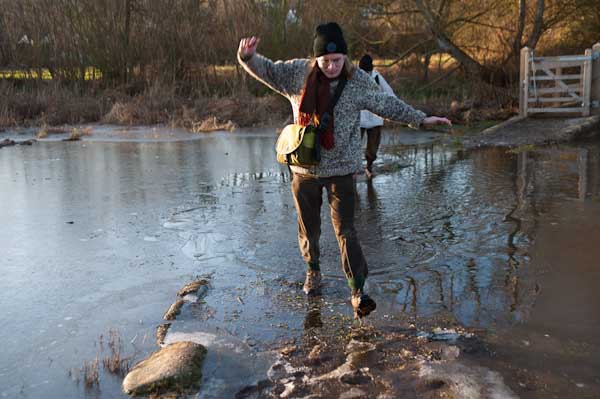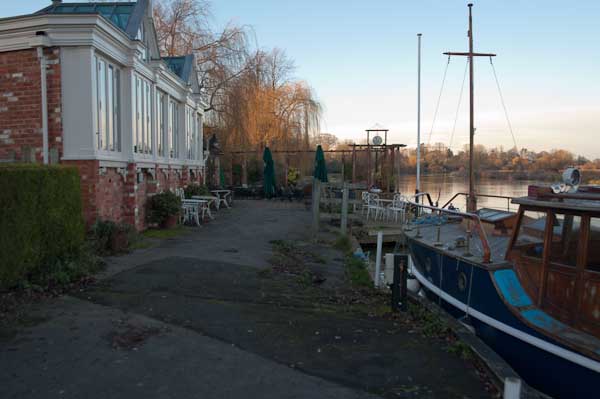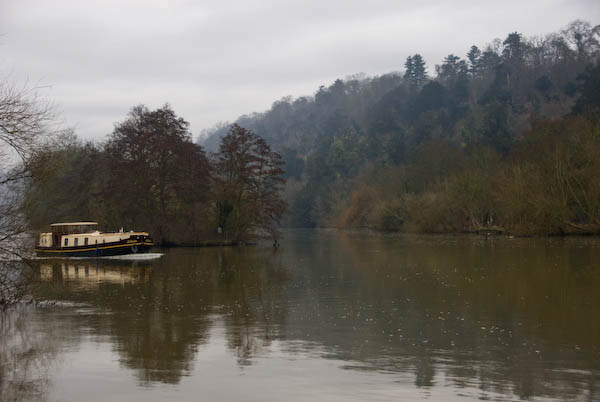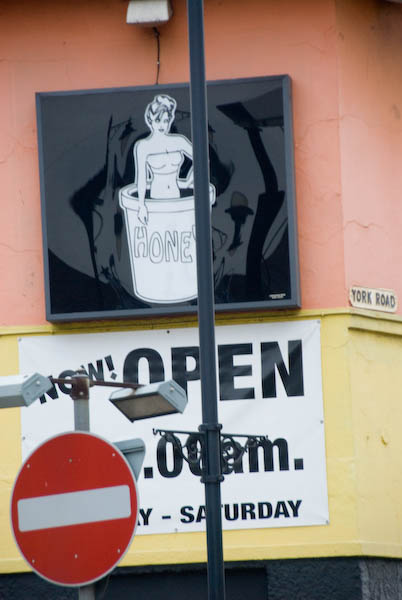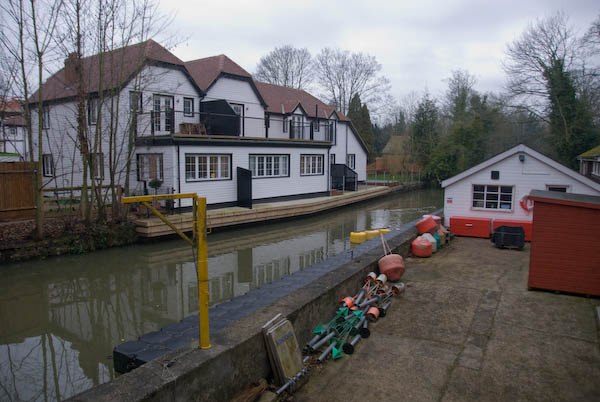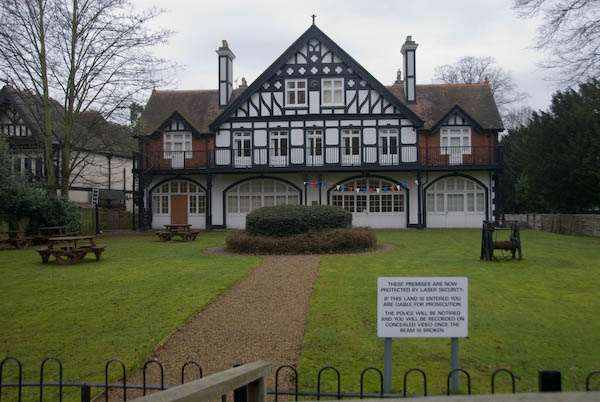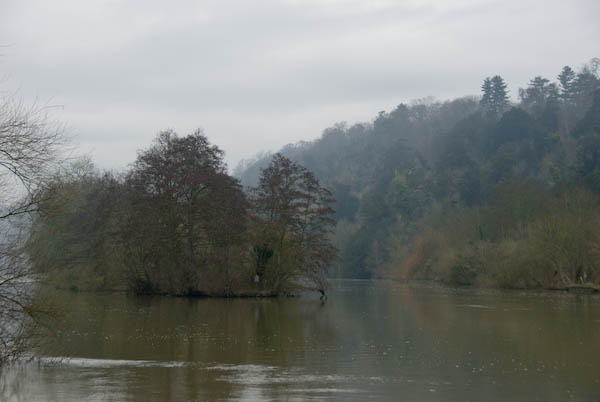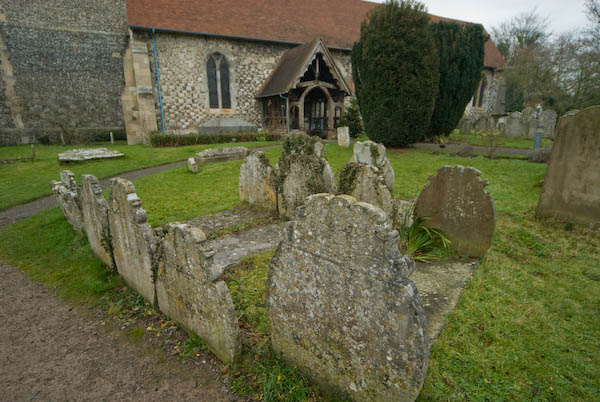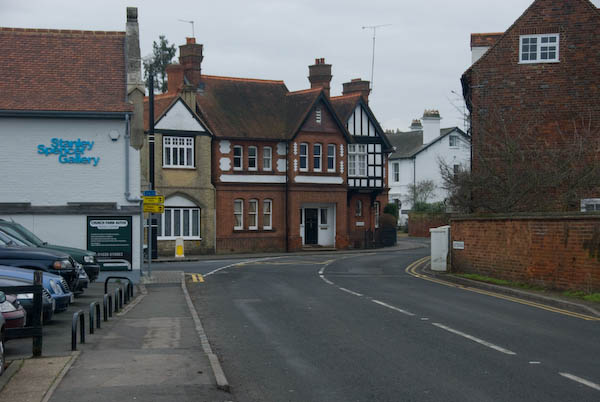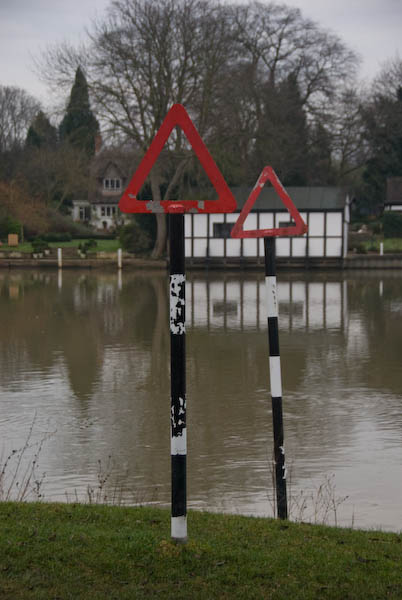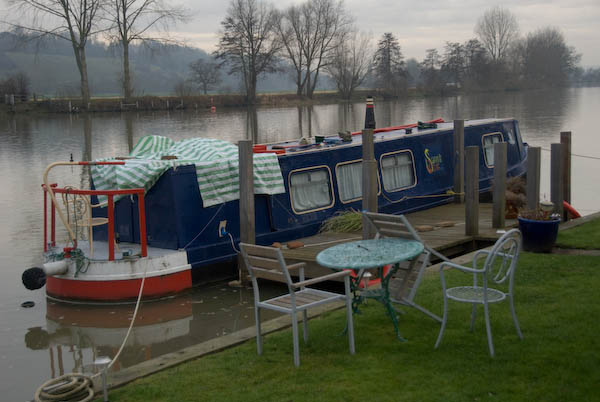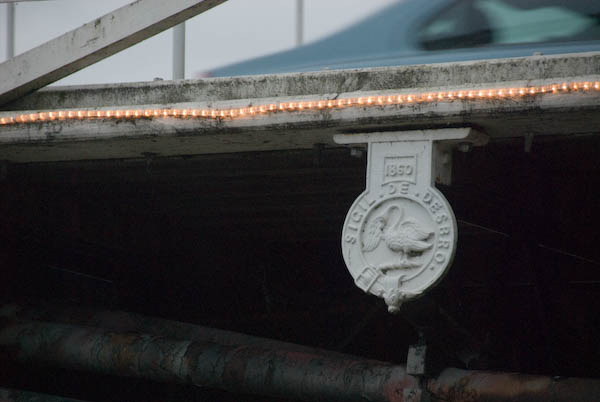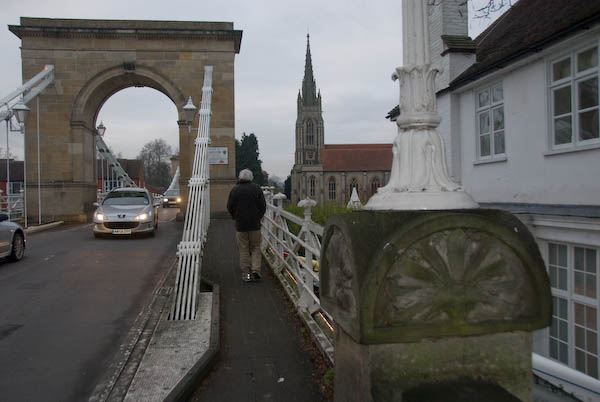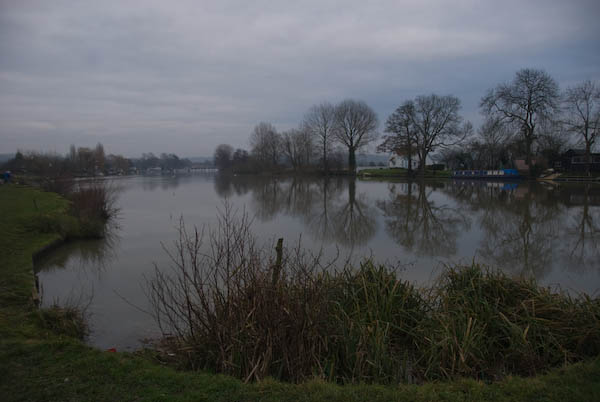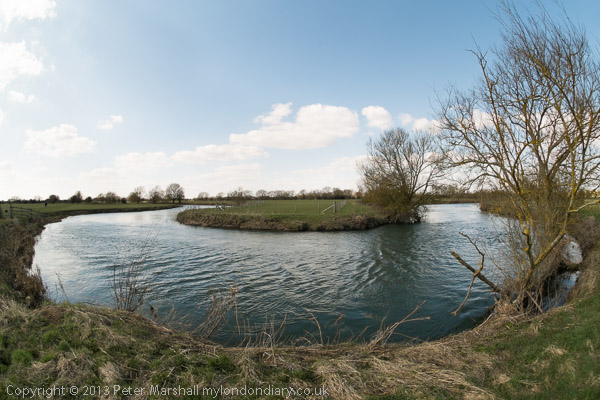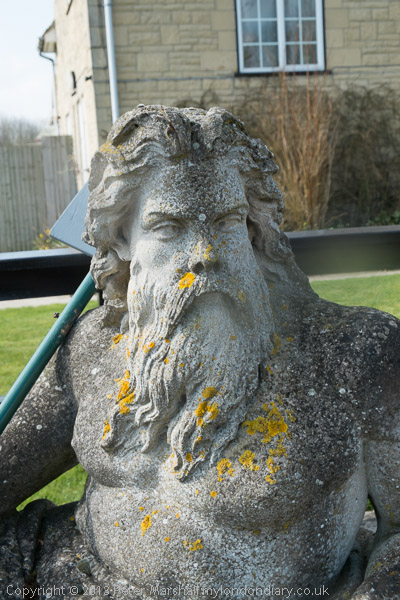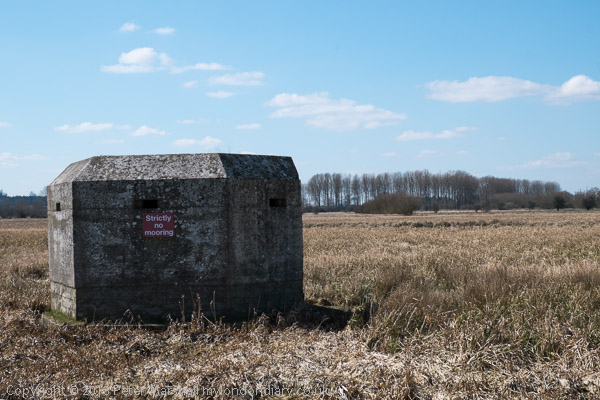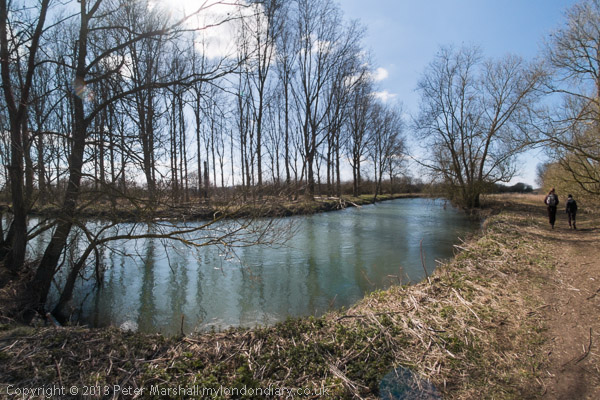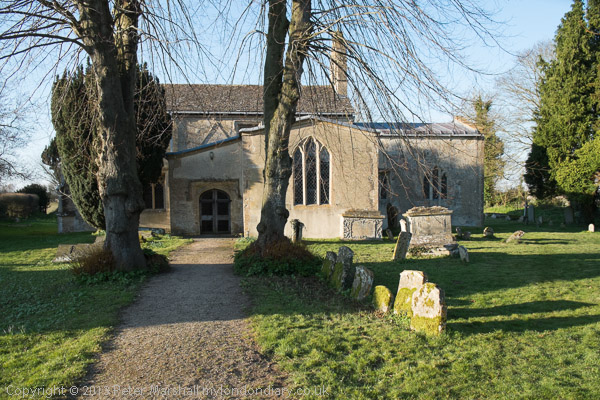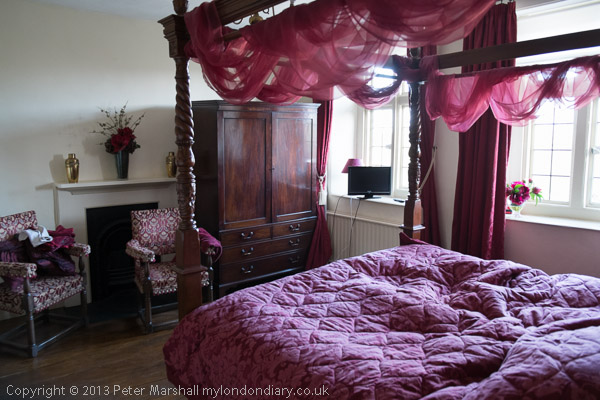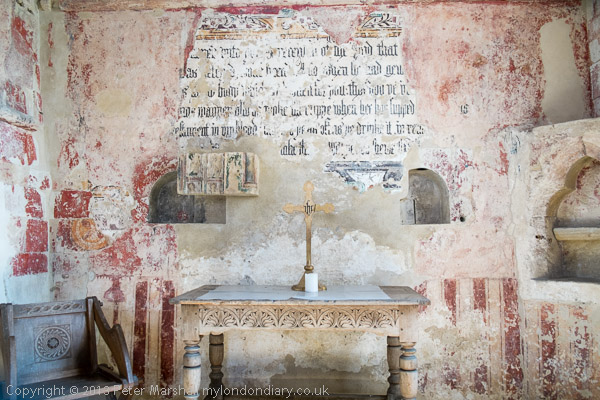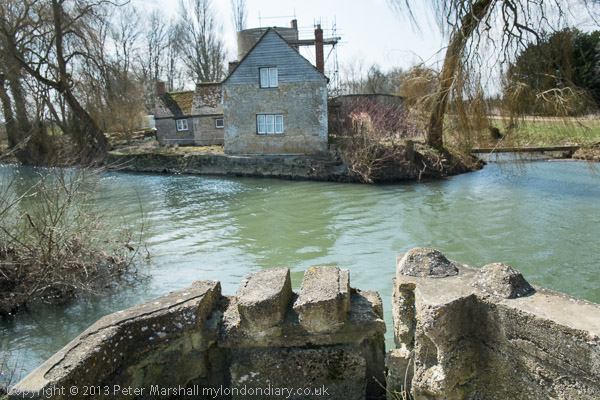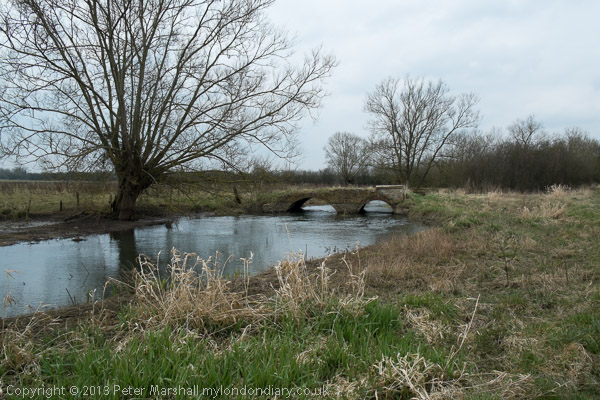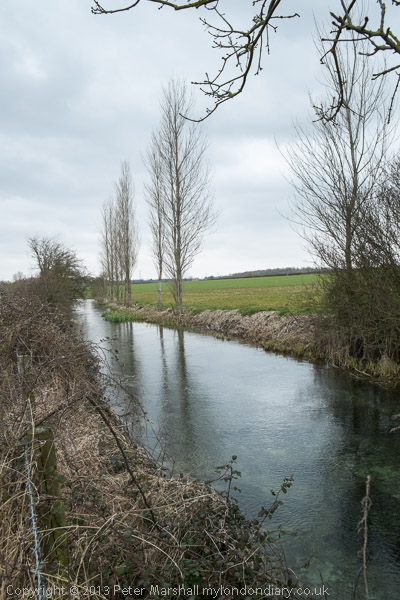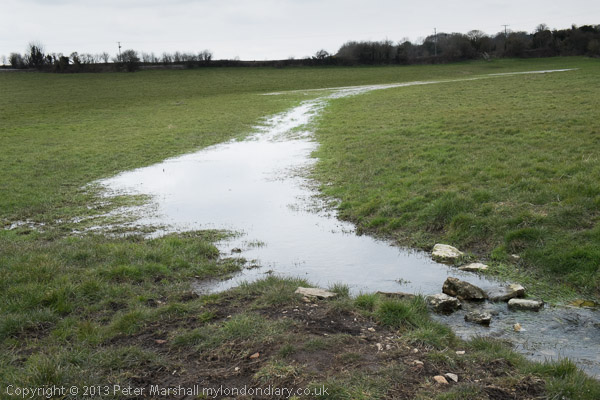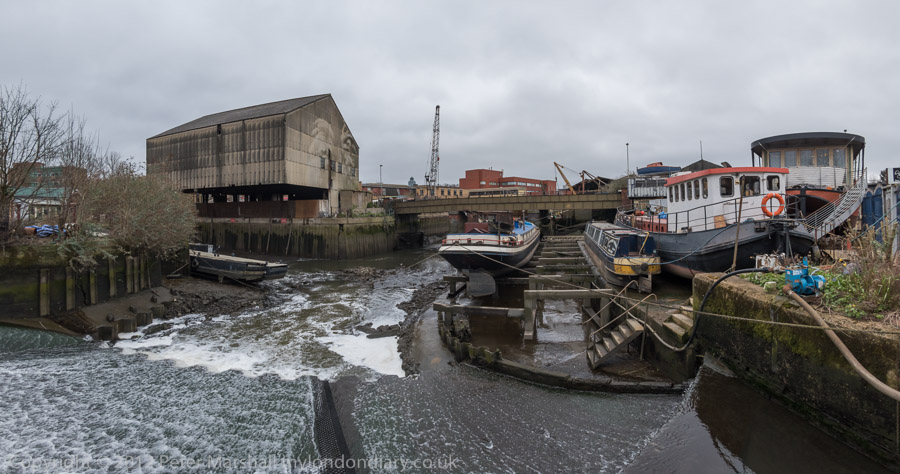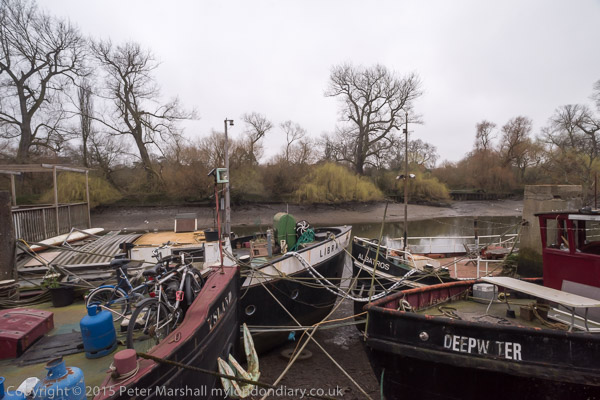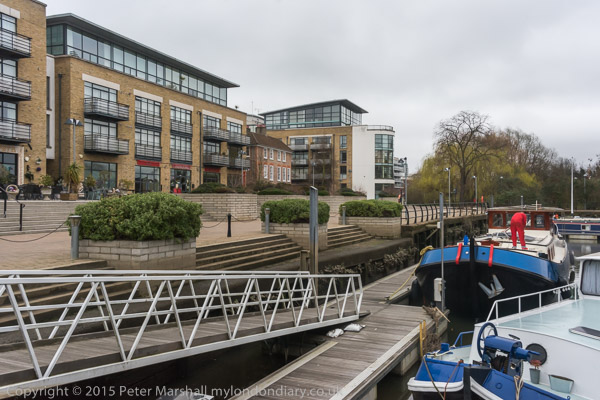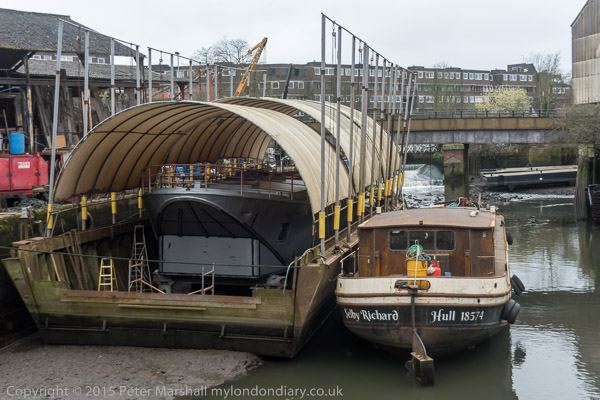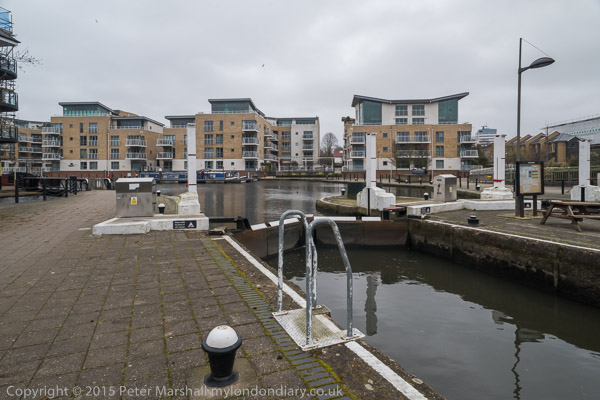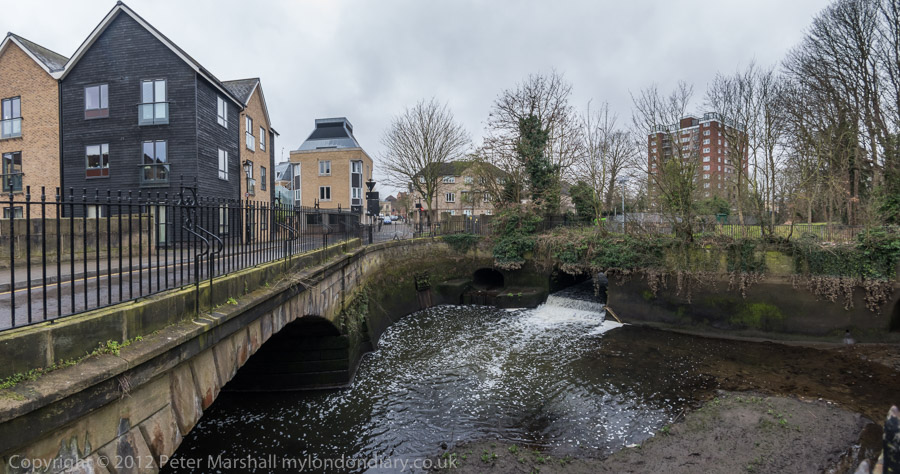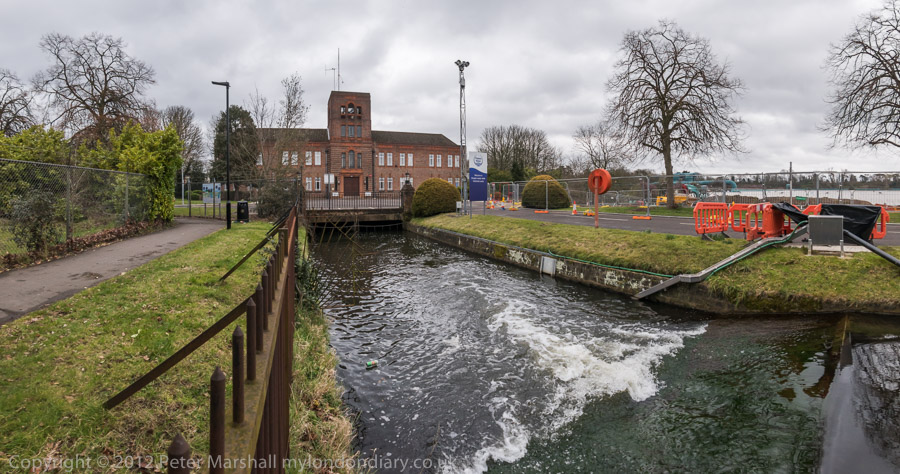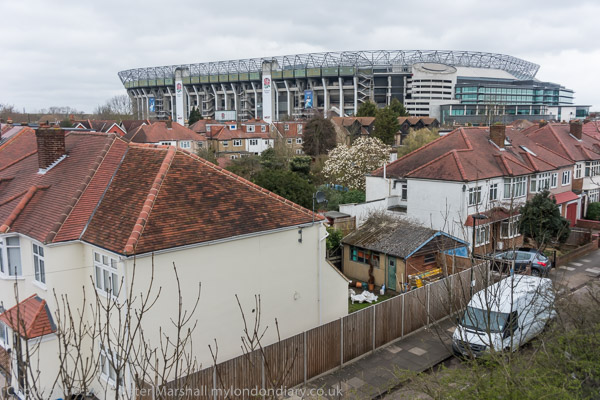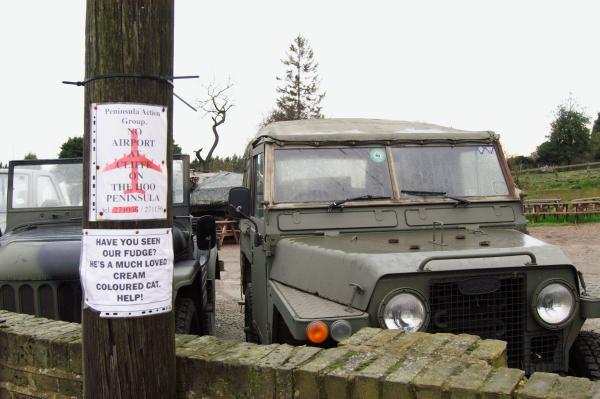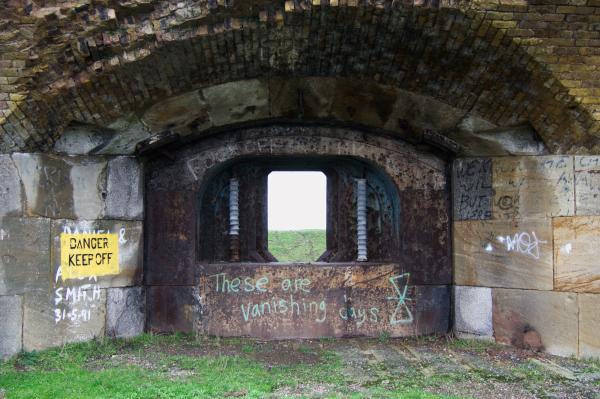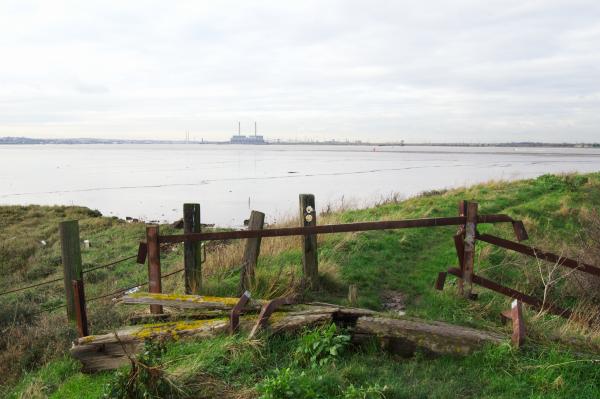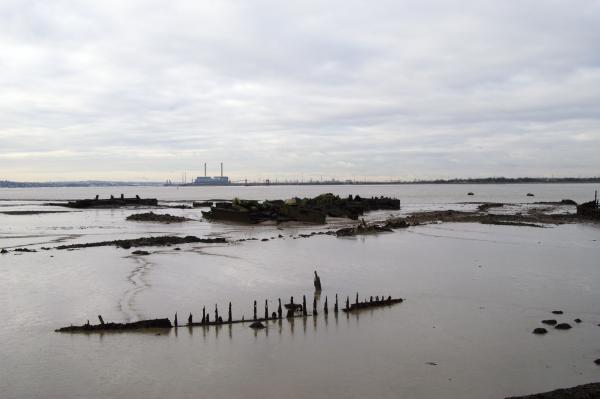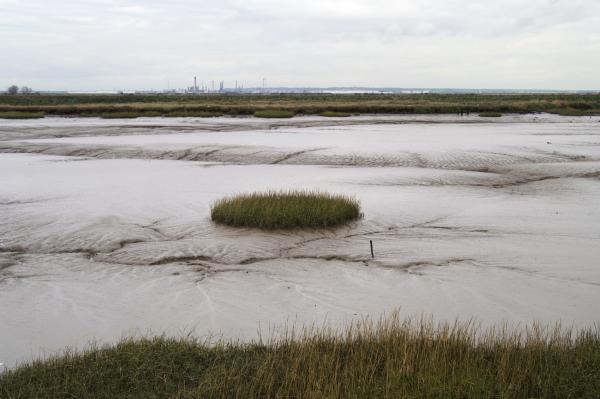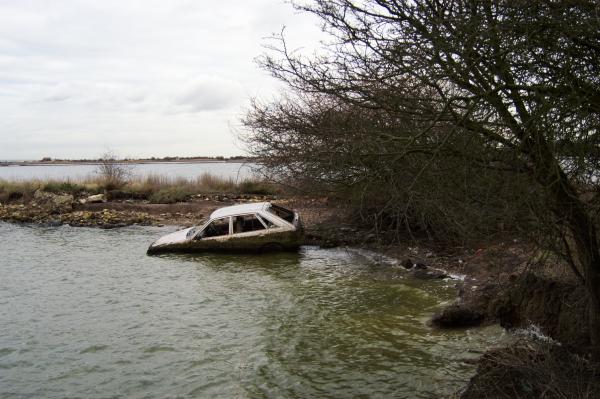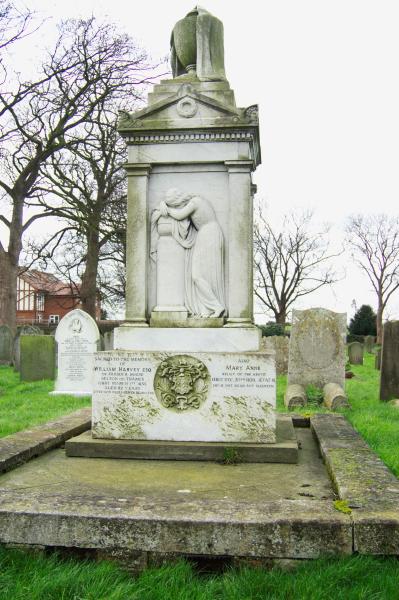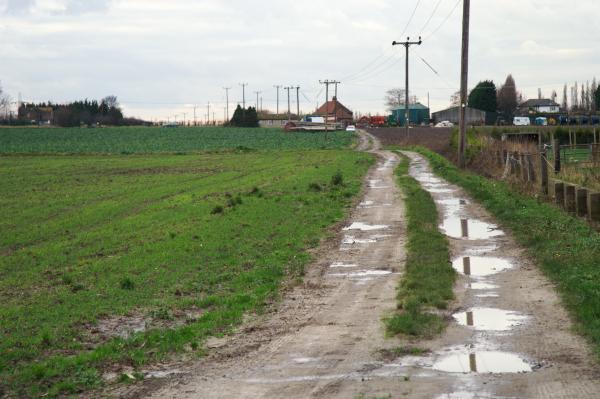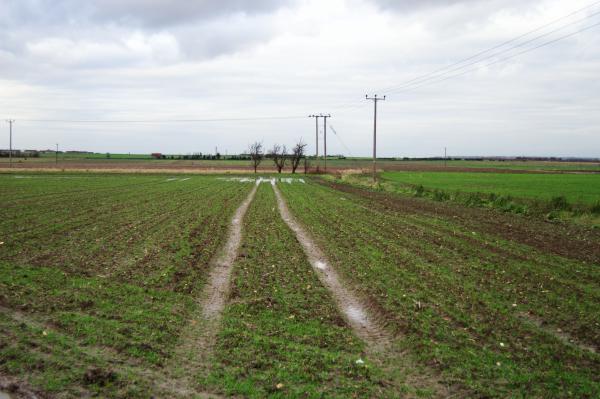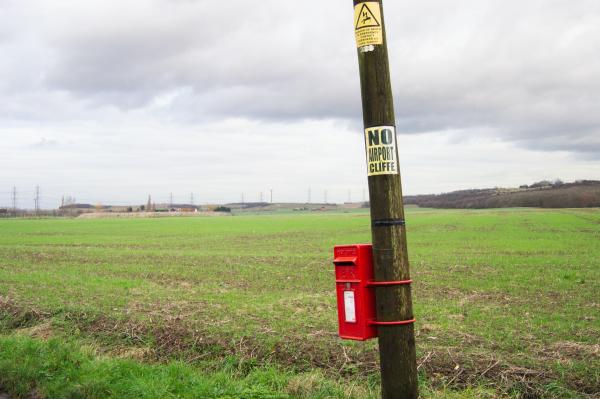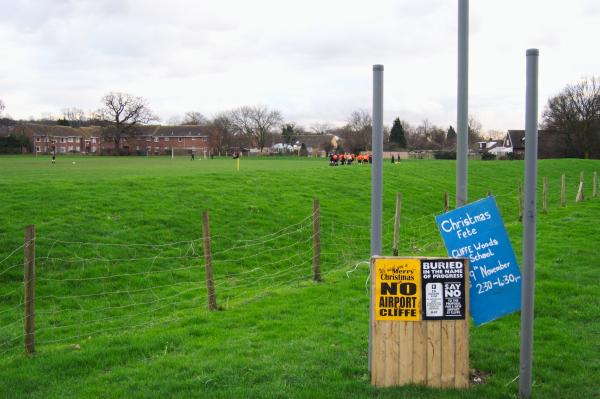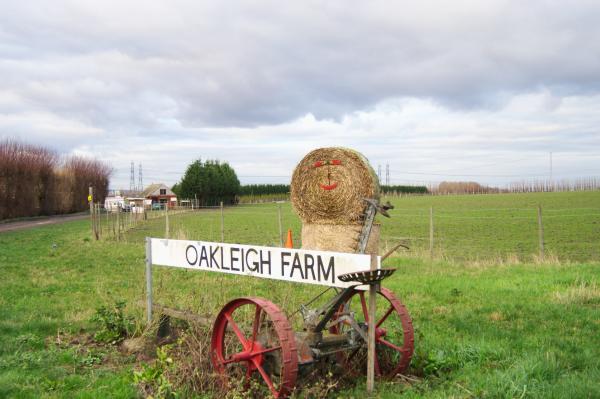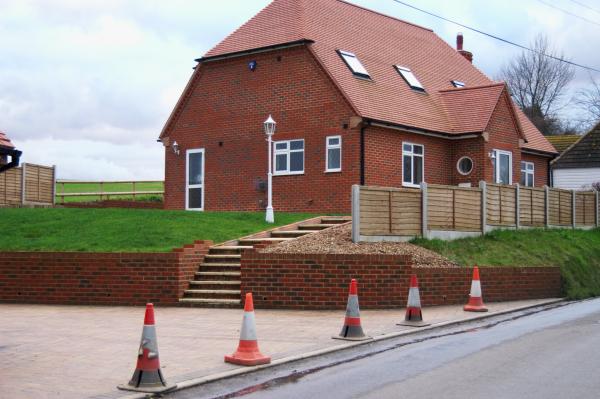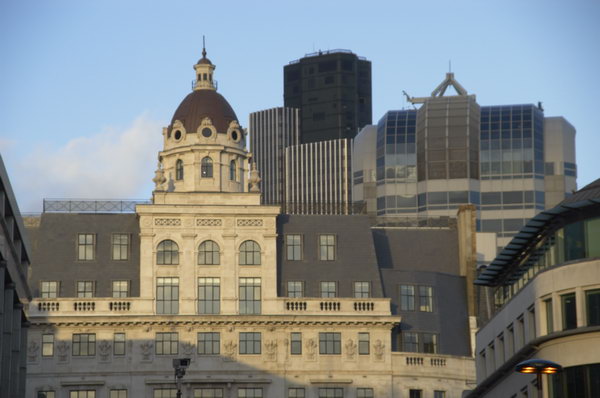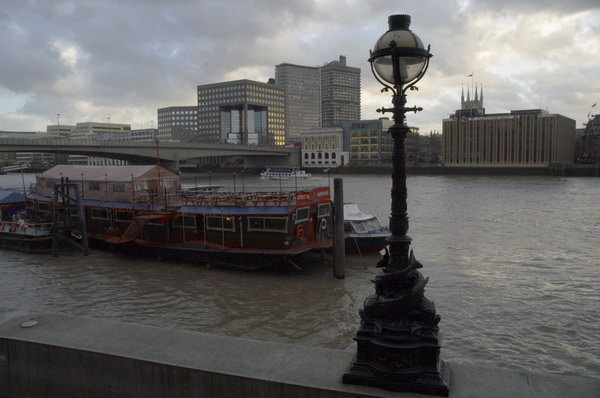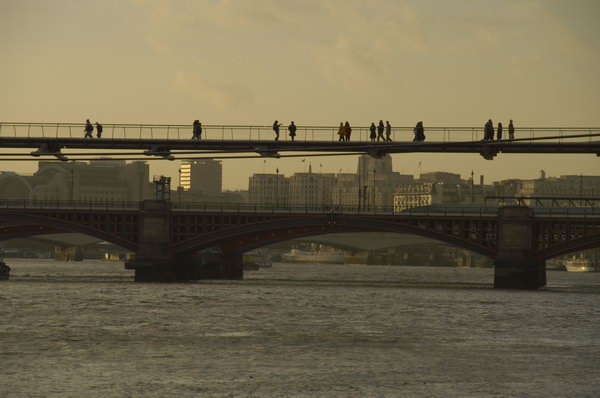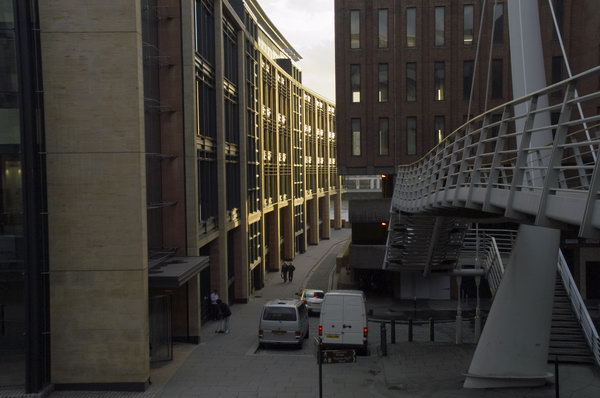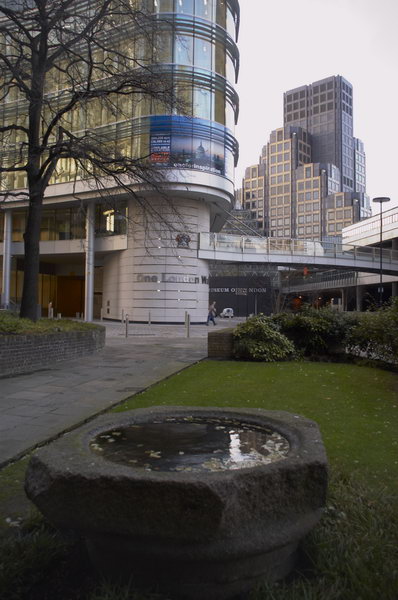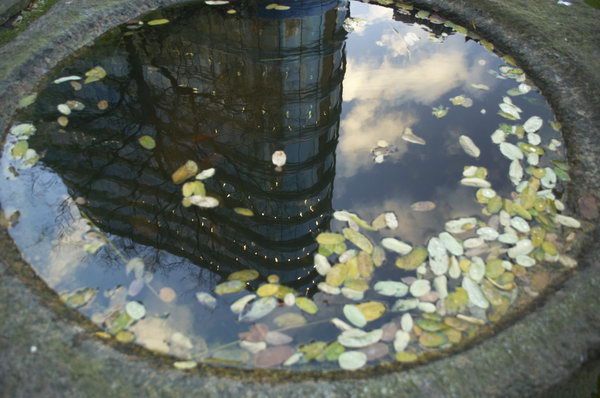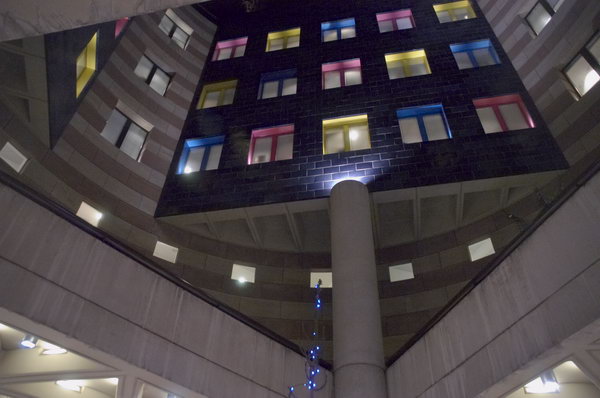Coventry Cross, Gandhi, Graffiti, Drag Balls …
My previous walk on 31st July ended at Bromley-by-Bow, and I returned there the following day to continue my wanderings, starting on Devas St and the Coventry Cross West Estate, built by the LCC in the early 1950s, and in 1988 it had recently passed from the GLC to Tower Hamlets. Like all council housing it was very much compromised by the opposition under Thatcher to social housing, with the ‘right to buy’ policies selling off properties to tenants on the cheap and local authorities being largely prevented from building more as well as being starved of cash.
The estate serves as a reminder of an age where councils were able to provide large numbers of socially rented homes before we moved to an era dominated by private profit. Many council tenants who bought their own properties found it very impossible to pay back the loans they had taken on, and sold them as soon as they were able, with many of them now privately rented as ‘buy to let’ properties with rents several times social housing rates.
The six-storey Newmill House at left is linked to the four storey Stansted by a massive archway, with another the west linking to another six storey block, Brimsdown. The estate is now managed by Poplar HARCA and has been renovated around ten years ago.
A portrait orientation view of the same arch into the estate. When built Newmill House at left, a long block running parallel to the Blackwall Tunnel Approach, contained 55 flats.
North of the railway line, my walk took me to Patrick Connolly Gardens, now rather lost in the Devons estate, and then on to Powis Road where I made this picture of Kingsley Hall.
Kingsley Hall was opened in 1928 by philanthropists and peace campaigners Muriel and Doris Lester who opened the centre using the legacy from their brother Kingsley who died in 1914 when only 26. They had previously helped to set up a Children’s House on Bruce Road nearby in 1923. Muriel Lester (1883-1968) was one of the world’s leading pacifists, and is thought to have been unsuccessfully nominated for the Nobel Peace Prize in the 1930s.
The building had previously been Zion Chapel built by Strict Baptists but was then disused. The sisters were also Baptists, but of a very different nature, they were radical and committed to a social gospel and justice issues and the hall became a centre for their community work with Muriel also serving as its pastor. They donated their wealth to serving the people of Bow and lived a simple and humble life.
Muriel had met and travelled with Mahatma Gandhi often in her work as Travelling Secretary of the International Fellowship of Reconciliation and when he came to London as the representative of the Indian National Congress Party to argue in a conference for independence he rejected the suite offered him by the government at the Hilton Hotel, saying he would rather stay with Muriel Lester at Kingsley Hall. He stayed there for three months, living in a cell on the roof in the same simple style he did in London.
I doubt if I would have photographed this street corner were it not for the message ‘big Love’ in large letters on the corrugated iron sheeting. Though it does look as if the writer went on to write something beginning with HATE. This was somewhere fairly close to Kingsley Hall.
The fence here has several messages as well as some peeling posters. The longest text reads ‘AS LONG AS WE HAVE NOT SMASHED EVERYTHING THERE WILL BE RUINS!!’, an exceedingly philosophical example of graffiti which I’ve not seen elsewhere, though I wonder if it could be from a song lyric.
Considerably more common is the ‘VICTORY TO THE MINERS’, and I think the Female Sign – the planetary symbol for Venus ♀ – may mean the painter was a woman.
This may have had some connection with Tudor House, whose grounds were bought in 1898 by the LCC to make a public park, which is now Bromley Recreation Ground a couple of hundred yards away, but more likely just with the Tudor family who lived in Tudor House and in the Old Palace closer to where Tudor Lodge used to be.
The archway informs us that this was Tudor Lodge Sports and Social Club, catering for Weddings and Funerals; over a door at left it tells us the ‘Bow Bridge Sports & Social Club Meets Here’. It was by then a large men’s social club, but the impressive cross above the doorway suggests that this was originally a Christian institution of some kind, perhaps a convent or priory
In the 1980s it became a venue for Drag Balls which had begun as the Chelsea Arts Ball, before moving to the Parchester Hall and then on to here. Later in the 90s was the home of Ron Storme’s Transvesti Extrodinaire club.
There is now a completely different modern Tudor Lodge at 95 Bromley High St on the corner with St Leonard’s Road.
The only part of the parish church of St Mary with St Leonard to survive following bombing in 1942 and the building of the Blackwall Tunnel Approach Road. The church was built in 1843 to replace the former chapel of St Leonard’s Priory, a Benedictine nunnery first recorded in 1122 and destroyed after the dissolution of monasteries in 1536, after which its chapel had been used as a parish church. Chaucer wrote of the nunnery as the “Scole of Stratford atte bowe“.
The How Memorial Gateway was erected in 1893 as a memorial to the Rev G A How, vicar of the church from 1872-93. It is Grade II listed and in poor condition.
There is still a large tree and a telegraph pole on the corner of Bromley High St with St Leonards Street, but the lower buildings on the left of the picture were demolished a year or so ago.
Just visible in this picture is the coat of arms of the London County County on 72-4 Bromley High St (Barry wavy of six Azure and Argent on a Chief of the last the Cross of St. George charged with a Leopard of England. The Shield is ensigned with a Mural Crown Or – though it’s too small on the photo to see any details) announcing this as the Bow Bridge Estate, which was completed in 1934. I hope Poplar HARCA kept this when they demolished the building.
My walk through Bow will continue in a later post. Click on any of the images above to see a larger version in my album 1988 London Photos, from where you can browse the album.








